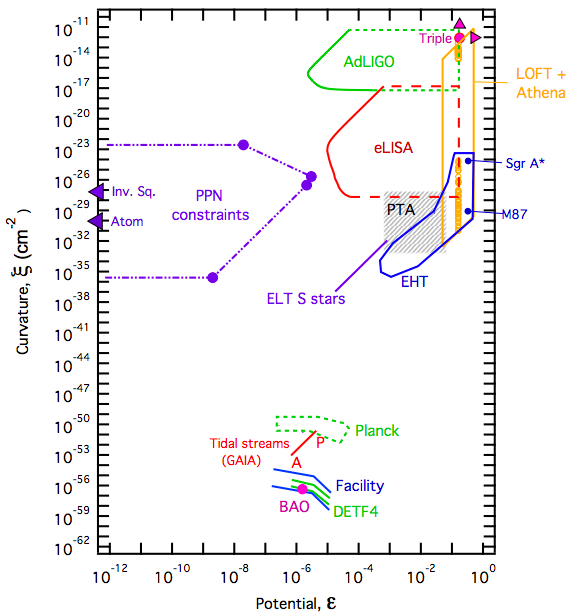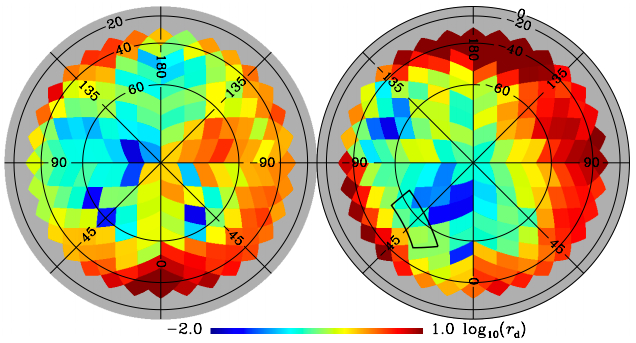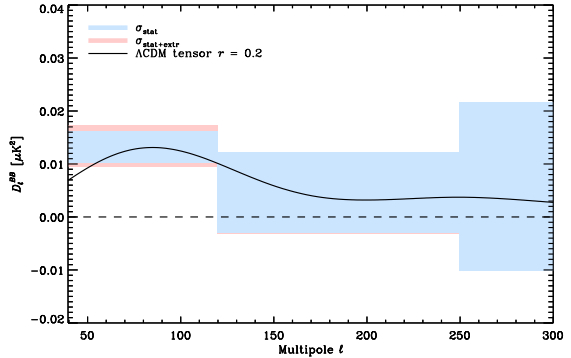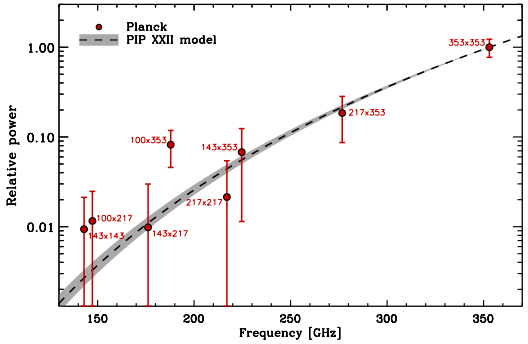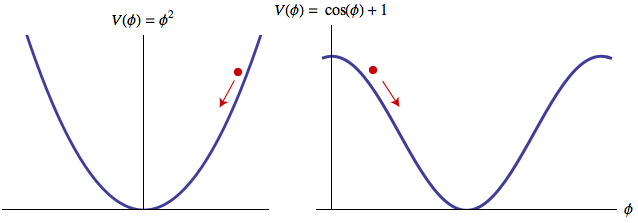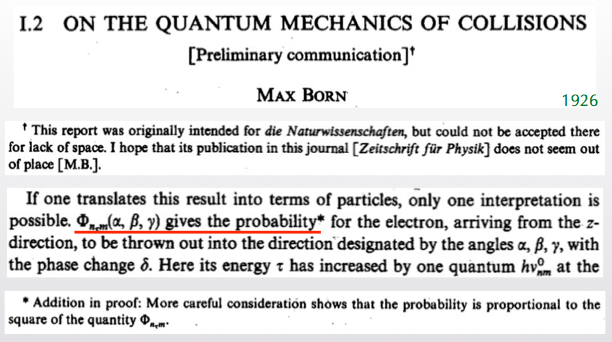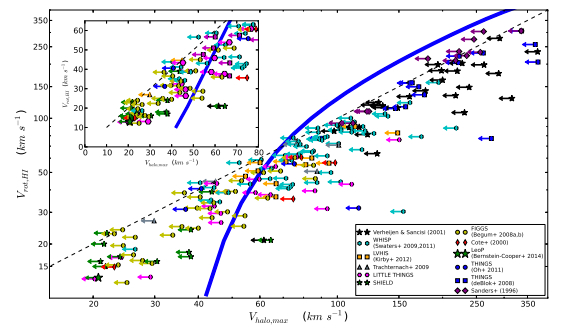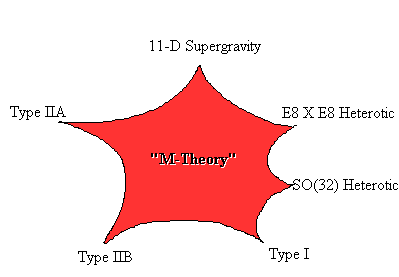I want to tell you about a paper I recently wrote with grad student Grant Remmen, about how much inflation we should expect to have occurred in the early universe. But that paper leans heavily on an earlier one that Grant and I wrote, about phase space and cosmological attractor solutions — one that I never got around to blogging about. So you’re going to hear about that one first! It’s pretty awesome in its own right. (Sadly “cosmological attractors” has nothing at all to do with the hypothetical notion of attractive cosmologists.)
Attractor Solutions in Scalar-Field Cosmology
Grant N. Remmen, Sean M. Carroll
Models of cosmological scalar fields often feature “attractor solutions” to which the system evolves for a wide range of initial conditions. There is some tension between this well-known fact and another well-known fact: Liouville’s theorem forbids true attractor behavior in a Hamiltonian system. In universes with vanishing spatial curvature, the field variables ( ) specify the system completely, defining an effective phase space. We investigate whether one can define a unique conserved measure on this effective phase space, showing that it exists for m2φ2 potentials and deriving conditions for its existence in more general theories. We show that apparent attractors are places where this conserved measure diverges in the (
) specify the system completely, defining an effective phase space. We investigate whether one can define a unique conserved measure on this effective phase space, showing that it exists for m2φ2 potentials and deriving conditions for its existence in more general theories. We show that apparent attractors are places where this conserved measure diverges in the ( ) variables and suggest a physical understanding of attractor behavior that is compatible with Liouville’s theorem.
) variables and suggest a physical understanding of attractor behavior that is compatible with Liouville’s theorem.
This paper investigates a well-known phenomenon in inflationary cosmology: the existence of purported “attractor” solutions. There is a bit of lore that says that an inflationary scalar field might start off doing all sorts of things, but will quickly settle down to a preferred kind of evolution, known as the attractor. But that lore is nominally at odds with a mathematical theorem: in classical mechanics, closed systems never have attractor solutions! That’s because “attractor” means “many initial conditions are driven to the same condition,” while Liouville’s theorem says “a set of initial conditions maintains its volume as it evolves.” So what’s going on?
Let’s consider the simplest kind of model: you just have a single scalar field φ, and a potential energy function V(φ), in the context of an expanding universe with no other forms of matter or energy. That fully specifies the model, but then you have to specify the actual trajectory that the field takes as it evolves. Any trajectory is fixed by giving certain initial data in the form of the value of the field φ and its “velocity”  . For a very simple potential like V(φ) ~ φ2, the trajectories look like this:
. For a very simple potential like V(φ) ~ φ2, the trajectories look like this:
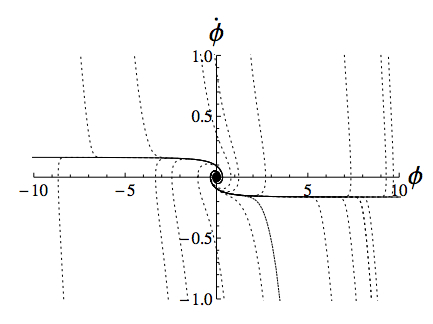
This is the “effective phase space” of the model — in a spatially flat universe (and only there), specifying φ and its velocity uniquely determines a trajectory, shown as the lines on the plot. See the dark lines that start horizontally, then spiral toward the origin? Those are the attractor solutions. Other trajectories (dashed lines) basically zoom right to the attractor, then stick nearby for the rest of their evolution. Physically, the expansion of the universe acts as a kind of friction; away from the attractor the friction is too small to matter, but once you get there friction begins to dominate and the the field rolls very slowly. So the idea is that there aren’t really that many different kinds of possible evolution; a “generic” initial condition will just snap onto the attractor and go from there.
This story seems to be in blatant contradiction with Liouville’s Theorem, which roughly says that there cannot be true attractors, because volumes in phase space (the space of initial conditions, i.e. coordinates and momenta) remain constant under time-evolution. Whereas in the picture above, volumes get squeezed to zero because every trajectory flows to the 1-dimensional attractor, and then of course eventually converges to the origin. But we know that the above plot really does show what the trajectories do, and we also know that Liouville’s theorem is correct and does apply to this situation. Our goal for the paper was to show how everything actually fits together.
Obviously (when you think about it, and know a little bit about phase space), the problem is with the coordinates on the above graph. In particular,  might be the “velocity” of the field, but it definitely isn’t its “momentum,” in the strict mathematical sense. The canonical momentum is actually
might be the “velocity” of the field, but it definitely isn’t its “momentum,” in the strict mathematical sense. The canonical momentum is actually  , where a is the scale factor that measures the size of the universe. And the scale factor changes with time, so there is no simple translation between the nice plot we saw above and the “true” phase space — which should, after all, also include the scale factor itself as well as its canonical momentum.
, where a is the scale factor that measures the size of the universe. And the scale factor changes with time, so there is no simple translation between the nice plot we saw above and the “true” phase space — which should, after all, also include the scale factor itself as well as its canonical momentum.
So there are good reasons of convenience to draw the plot above, but it doesn’t really correspond to phase space. As a result, it looks like there are attractors, although there really aren’t — at least not by the strict mathematical definition. It’s just a convenient, though possibly misleading, nomenclature used by cosmologists.
Still, there is something physically relevant about these cosmological attractors (which we will still call “attractors” even if they don’t match the technical definition). If it’s not “trajectories in phase space focus onto them,” what is it? To investigate this, Grant and I turned to a formalism for defining the measure on the space of trajectories (rather than just points in phase space), originally studied by Gibbons, Hawking, and Stewart and further investigated by Heywood Tam and me a couple of years ago.
The interesting thing about the “GHS measure” on the space of trajectories is that it diverges — becomes infinitely big — for cosmologies that are spatially flat. That is, almost all universes are spatially flat — if you were to pick a homogeneous and isotropic cosmology out of a hat, it would have zero spatial curvature with probability unity. (Which means that the flatness problem you were taught as a young cosmologist is just a sad misunderstanding — more about that later in another post.) That’s fine, but it makes it mathematically tricky to study those flat universes, since the measure is infinity there. Heywood and I proposed a way to regulate this infinity to get a finite answer, but that was a mistake on our part — upon further review, our regularization was not invariant under time-evolution, as it should have been.
That left an open problem — what is the correct measure on the space of flat universes? This is what Grant and I tackled, and basically solved. Long story short, we studied the necessary and sufficient conditions for there to be the right kind of measure on the effective phase space shown in the plot above, and argued that such a measure (1) exists, and (2) is apparently unique, at least in the simple case of a quadratic potential (and probably more generally). That is, we basically reverse-engineered the measure from the requirement that Liouville’s theorem be obeyed!
So there is such a measure, but it’s very different from the naïve “graph-paper measure” that one is tempted to use for the effective phase space plotted above. (A temptation to which almost everyone in the field gives in.) Unsurprisingly, the measure blows up on the attractor, and near the origin. That is, what looks like an attractor when you plot it in these coordinates is really a sign that the density of trajectories grows very large there — which is the least surprising thing in the world, really.
At the end of the day, despite the fact that we mildly scold fellow cosmologists for their sloppy use of the word “attractor,” the physical insights connected to this idea go through essentially unaltered. The field and its velocity are the variables that are most readily observable (or describable) by us, and in terms of these variables the apparent attractor behavior is definitely there. The real usefulness of our paper would come when we wanted to actually use the measure we constructed, for example to calculate the expected amount of inflation in a given model — which is what we did in our more recent paper, to be described later.
This paper, by the way, was one from which I took equations for the blackboards in an episode of Bones. It was fun to hear Richard Schiff, famous as Toby from The West Wing, play a physicist who explains his alibi by saying “I was constructing an invariant measure on the phase space of cosmological spacetimes.”
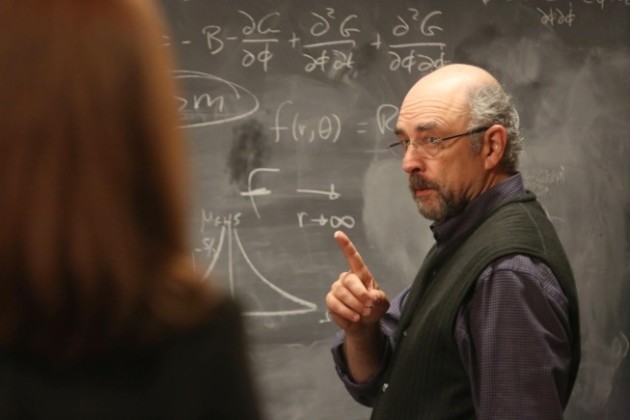
The episode itself is great, you should watch it if you can. But I warn you — you will cry.
